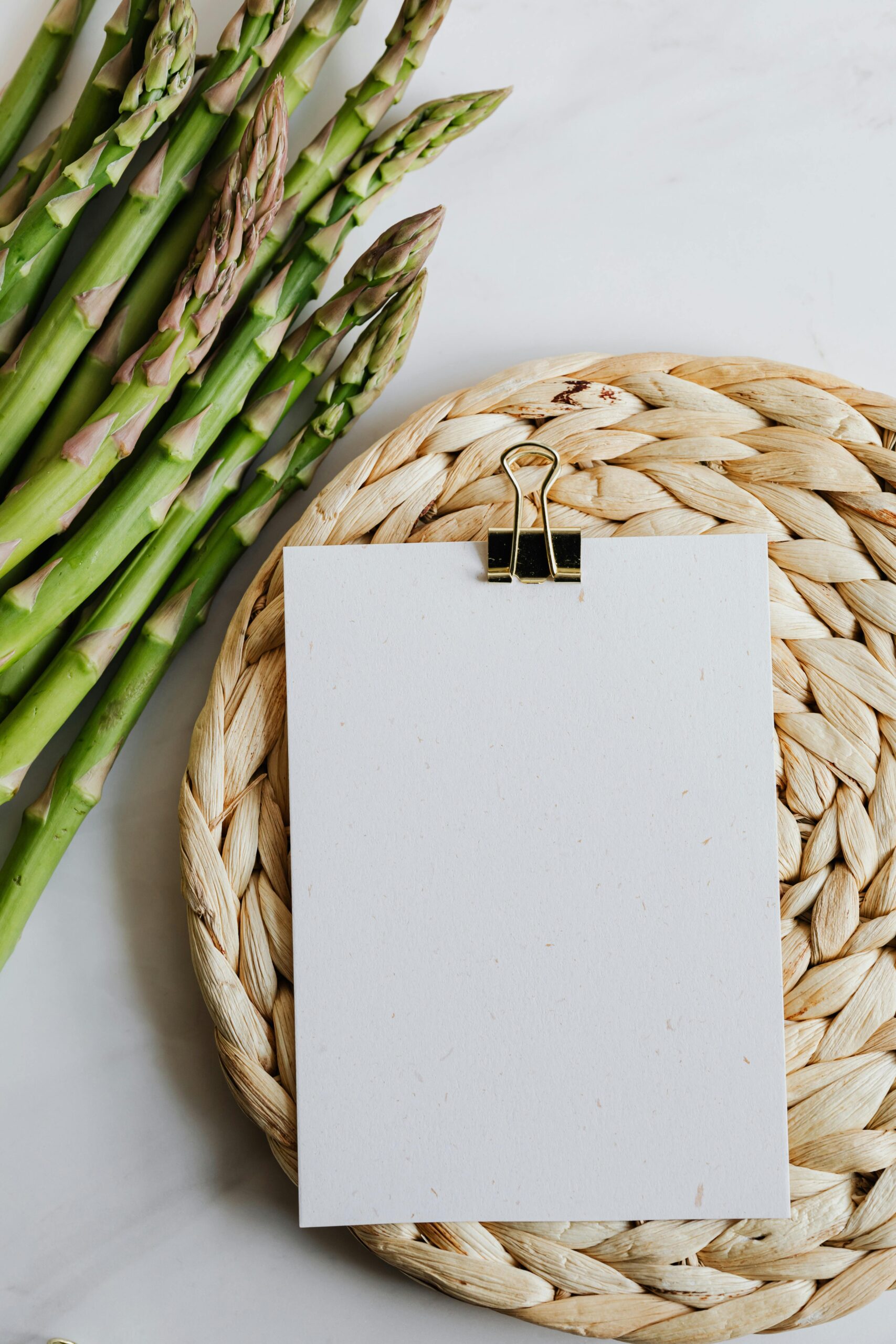SIBO Friendly Recipes for Better Gut Health and Wellness
Struggling with Small Intestinal Bacterial Overgrowth (SIBO) can make meal planning feel like a constant battle. With the right knowledge and recipes, however, it’s absolutely possible to enjoy delicious, nutritious meals that support your digestive wellness. This guide explores SIBO friendly recipes, offers practical advice, and equips you with everything you need to transform your diet for better gut health.

Understanding the Fundamentals
To effectively manage SIBO, it’s essential to understand what it is and how diet plays a crucial role in controlling its symptoms. SIBO is a condition where excess bacteria grow in the small intestine, often leading to bloating, gas, abdominal pain, and altered bowel movements.
Adopting a SIBO-friendly diet helps starve these bacteria by eliminating foods they ferment. This dietary approach, commonly centered around the low FODMAP diet, limits specific carbohydrates and emphasizes easily digestible, nutrient-rich foods.
1.1 The SIBO Diet Explained
The SIBO diet primarily revolves around the low FODMAP protocol, which restricts fermentable oligosaccharides, disaccharides, monosaccharides, and polyols. These compounds are often poorly absorbed and ferment in the gut, feeding bacteria and worsening symptoms.
For example, garlic and onions are common FODMAPs, but both are notorious SIBO triggers. Instead, using garlic-infused oil allows flavor without the fermentable sugars. A study from Monash University supports low FODMAP diets in reducing IBS and SIBO-related symptoms.
1.2 Nutritional Balance in SIBO Meals
Unlike restrictive fad diets, SIBO friendly recipes emphasize balanced nutrition. They include lean proteins, non-starchy vegetables, and healthy fats while avoiding fermentable sugars.
Think grilled salmon with sautéed spinach and zucchini noodles — meals like this ensure nourishment while minimizing digestive flare-ups. The uniqueness lies in the careful ingredient selection tailored for a sensitive gut.
Practical Implementation Guide
Transitioning to a SIBO friendly lifestyle doesn’t have to be overwhelming. With a clear plan, curated ingredients, and simple techniques, anyone can begin cooking SIBO friendly recipes confidently and consistently.

2.1 Actionable Steps
- Start with Elimination: Remove high-FODMAP foods like wheat, dairy, legumes, and certain fruits and vegetables.
- Use Low-FODMAP Lists: Tools like the Monash FODMAP app help you identify safe foods. Prepare shopping lists accordingly.
- Plan Weekly Menus: Include variety to avoid boredom. Rotate proteins and use herbs and spices to add flavor naturally.
2.2 Overcoming Challenges
Common obstacles include food boredom, social dining limitations, and nutritional gaps. Solutions include:
- Meal prep: Prepare meals in advance to reduce daily stress.
- Flavor diversity: Use fresh herbs, infused oils, and spice blends.
- Supplements: Consider probiotics or digestive enzymes, but consult a professional first.
Expert tip: Always track how specific meals affect symptoms. Personalizing your approach leads to faster and more sustainable relief.
Advanced Applications
Once comfortable with the basics, consider integrating more advanced techniques like food combining, rotational dieting, or batch cooking to streamline your experience. These methods allow for greater flexibility while maintaining a SIBO friendly approach.

3.1 Rotational Meal Planning
This strategy minimizes food sensitivities by avoiding repetitive exposure. For example, rotate protein sources such as turkey, cod, and chicken throughout the week. Not only does this reduce inflammation, but it also boosts nutrient variety. Some case studies suggest symptom improvement within two weeks of implementing rotational plans.
3.2 SIBO Meal Prepping Systems
Batch cooking meals and freezing portions can simplify life dramatically. Consider systems like “cook once, eat three times” where meals are repurposed. For instance, roasted chicken can be used in salads, soups, and wraps. Just ensure all components remain low FODMAP and SIBO friendly.
Future Outlook
The future of SIBO management is bright. Innovations include personalized microbiome analysis, AI-based dietary recommendations, and precision probiotics tailored to gut flora. Food sensitivity testing is also becoming more accurate and accessible.
To stay ahead, continue education through certified gut health professionals and reputable platforms. Be ready to adjust recipes as new food compatibility charts and research emerge.
Conclusion
SIBO friendly recipes are more than a trend — they’re a powerful tool in managing a complex condition. By choosing the right foods, following structured plans, and applying advanced strategies, you can reclaim digestive balance and enjoy eating again.
Start today by picking one new recipe, shopping intentionally, and tracking your results. Every meal is a chance to heal your gut and support long-term wellness.
Frequently Asked Questions
- Q: What is a SIBO friendly recipe? A meal that avoids high-FODMAP ingredients and focuses on easy-to-digest, low fermentation foods like leafy greens, proteins, and certain fruits.
- Q: How do I start a SIBO friendly diet? Begin by eliminating high FODMAPs, stock up on low-FODMAP essentials, and prepare simple dishes like grilled chicken and sautéed zucchini.
- Q: How much time does SIBO meal prep take? Initially, expect to spend 1-2 hours per week planning and 30-60 minutes per day cooking. Efficiency increases over time.
- Q: Is it expensive to follow a SIBO friendly diet? Costs can vary, but with bulk buying and planning, it’s manageable. Avoiding packaged foods can actually lower your grocery bills.
- Q: How does this compare to keto or paleo? While keto and paleo can overlap, SIBO diets are more targeted in reducing fermentation and are less focused on fat or protein levels.
- Q: Is the diet hard to follow? It has a learning curve, but with structured guides and recipes, it becomes second nature within a few weeks.
- Q: Can this work for IBS patients too? Yes, many IBS sufferers benefit from SIBO friendly recipes due to their low FODMAP nature and emphasis on gut-friendly ingredients.
